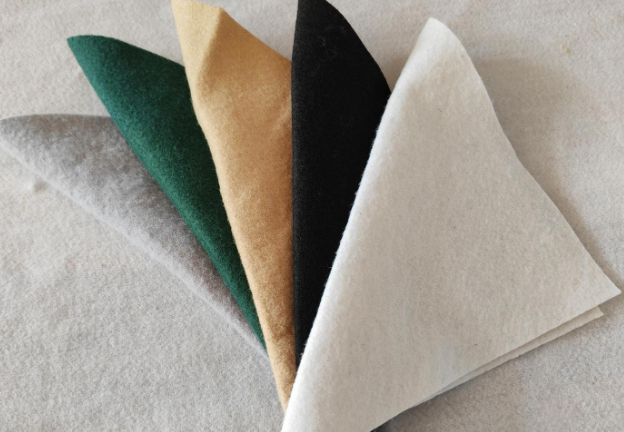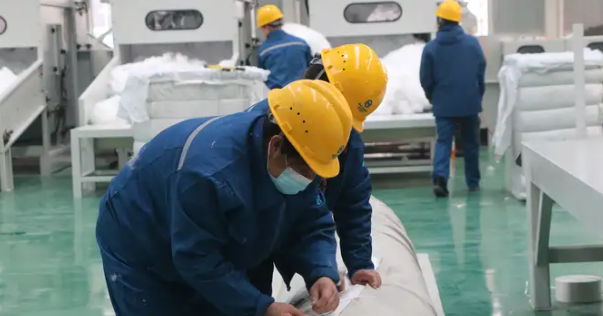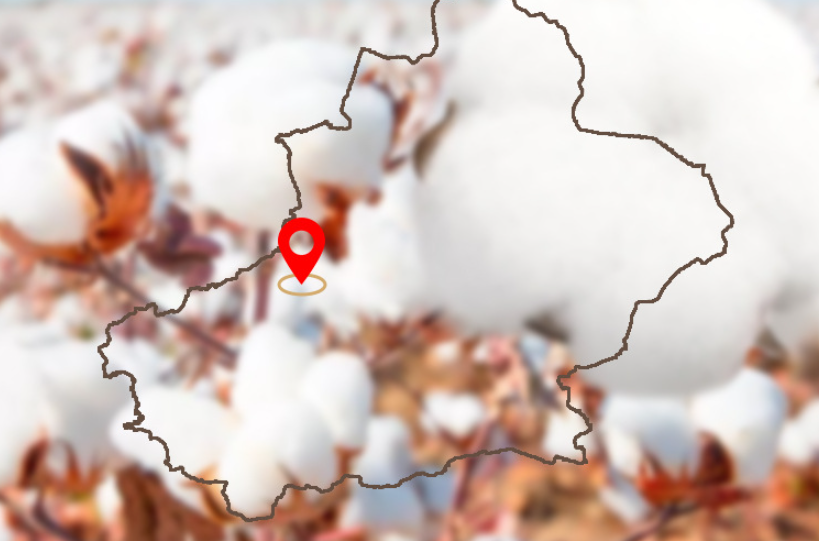What is Geotextile Fabric?
Geotextile fabric is a permeable geosynthetic material made from synthetic fibers that are either needle-punched or woven. The finished product is in the form of fabric, typically with a width of 4-6 meters and a length of 50-100 meters. Geotextiles are commonly divided into two categories: woven geotextiles and nonwoven geotextiles. These materials have excellent properties such as filtration, separation, reinforcement, and protection. They also exhibit high tensile strength, good permeability, resistance to high temperatures, freezing, aging, and corrosion.
Geotextiles are categorized by fiber length into long-fiber and short-fiber geotextiles, and are available in different materials such as polypropylene (PP) and polyester (PET). Polyester geotextiles are commonly used in civil and agricultural applications due to their water resistance, aging resistance, and acid-alkali corrosion resistance. The finished geotextile fabric is typically compact, offering filtration and separation effects for granular or fine particulate materials.

Types of Geotextile Fabrics
- Nonwoven Geotextile Fabrics
Nonwoven geotextile fabric is made from needle-punched nonwoven fabric, which is created by arranging long or short fibers into a mesh-like structure through specialized equipment and processes. These fibers are then interwoven and entangled using techniques like needle-punching to solidify the fabric. This process results in a fabric that is soft, fluffy, thick, and rigid, offering different thicknesses based on the intended application.
Nonwoven geotextile fabric provides excellent inter-fiber gaps, offering good adhesion properties. The fibers are soft, tear-resistant, and adaptable to deformations. These fabrics also have excellent in-plane drainage capacity, a soft surface with numerous gaps, and a high friction coefficient, which increases the adhesion of soil particles. They can prevent fine particles from passing through, preventing the loss of granular materials while simultaneously allowing excess water to drain away. The surface is soft and provides excellent protective qualities.
Nonwoven geotextiles are classified into long-fiber nonwoven geotextiles and short-fiber nonwoven geotextiles, based on the length of the fibers used.
- Woven Geotextile Fabrics
Woven geotextile fabrics are made by weaving synthetic fibers together in a crisscross pattern. These fabrics are typically stronger and have lower permeability compared to nonwoven geotextiles. They are often used in applications where high strength and durability are required, such as in soil reinforcement, erosion control, and drainage systems.
Key Properties and Advantages of Geotextiles
- Filtration: Geotextiles are designed to filter water while allowing for the passage of water through the fabric, preventing the migration of soil particles. This is particularly useful in applications such as drainage systems, landfills, and road construction.
- Separation: Geotextiles can separate different layers of materials, such as soil from gravel, preventing the mixing of materials that could compromise the structure’s stability.
- Reinforcement: By adding geotextile fabric, the strength of soil or other materials can be increased. This is particularly useful in road construction, embankments, and retaining walls, where additional strength is required.
- Protection: Geotextiles can provide protection to other materials, such as waterproofing membranes or pipes, by reducing mechanical damage and abrasion.
- High Durability: Geotextiles are highly resistant to temperature extremes, chemical exposure, and biological degradation, making them suitable for long-term applications.
Geotextile Fabric Specifications and Customization
The finished product geotextile fabric is available in various colors, as raw materials vary widely. Common colors for geotextile fabric include white, gray-white, beige, green, and black. This range of colors allows for the selection of the most suitable material for different construction and environmental needs.
- Widths: Geotextile fabrics typically have a width of 6 meters.
- Length: Geotextile rolls usually range from 50 meters to 100 meters in length per piece.
- Weight: The unit weight of geotextile fabric can be customized, ranging from 100g to 1000g per square meter, depending on the specific project requirements.

Applications of Geotextile Fabrics
Geotextile fabrics have a wide range of applications across various industries, including:
- Municipal Engineering: Used for drainage systems, waste disposal, and road construction, geotextiles help improve the longevity and stability of infrastructure.
- Water Conservancy Projects: Geotextiles are used in dams, canals, and irrigation systems for filtering and separating different materials while providing stability.
- Construction Projects: Geotextiles are used for reinforcing foundations, stabilizing roads, and protecting structures from erosion.
- Landscaping: Geotextiles are used in green space projects for soil stabilization, erosion control, and drainage improvement.
- Highway Maintenance and Protection: Geotextiles are used for road repair and reinforcement, preventing erosion and enhancing the durability of the road surface.
- Agriculture: Used for frost protection of plants, geotextiles help preserve heat and moisture, promoting plant growth during colder months.
- Poultry Farming: Geotextiles are used for insulation and temperature regulation in poultry farming to maintain a consistent environment for the livestock.
- Slope Stabilization: Geotextiles can be used to prevent soil erosion and stabilize slopes, particularly in areas prone to heavy rainfall or flooding.
Conclusion
Geotextile fabrics are versatile, durable, and essential materials used in a wide range of civil, agricultural, and industrial applications. Their ability to filter, separate, reinforce, and protect makes them invaluable in infrastructure projects, road construction, erosion control, and more. With various customization options in terms of material, weight, and dimensions, geotextiles can be tailored to meet specific project needs, offering an efficient solution for modern construction and environmental management.



